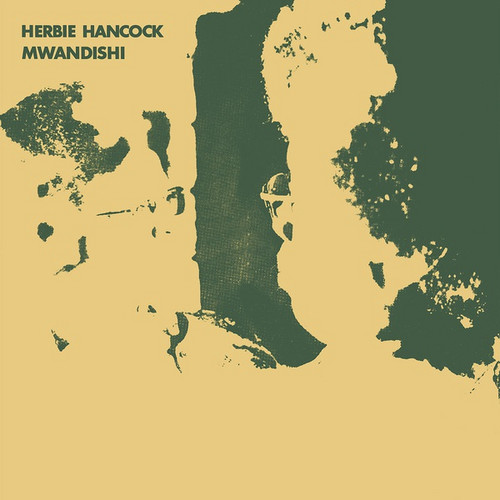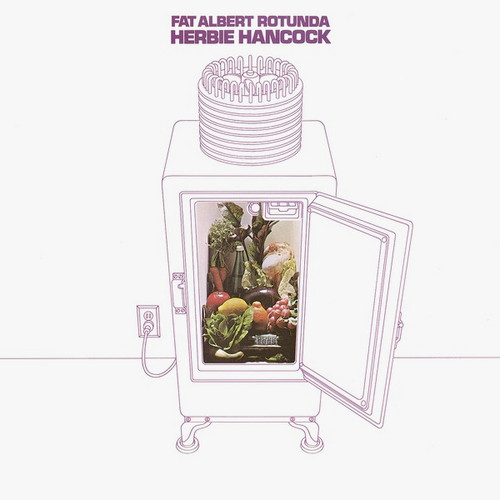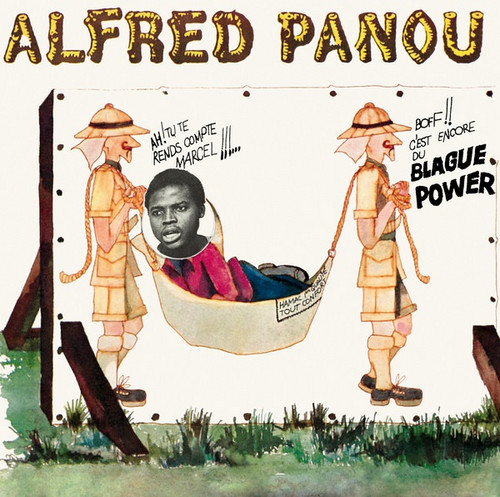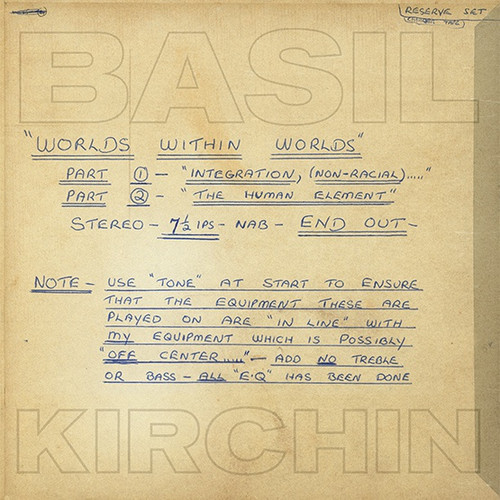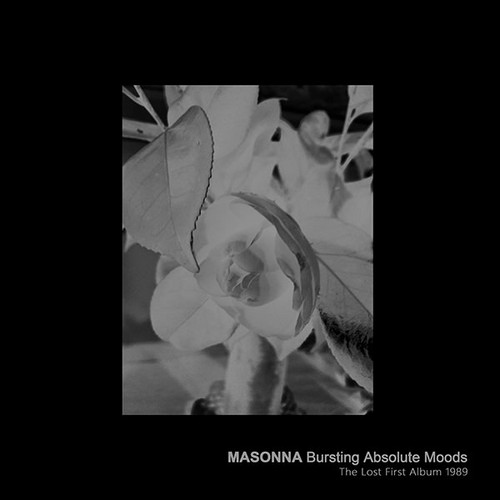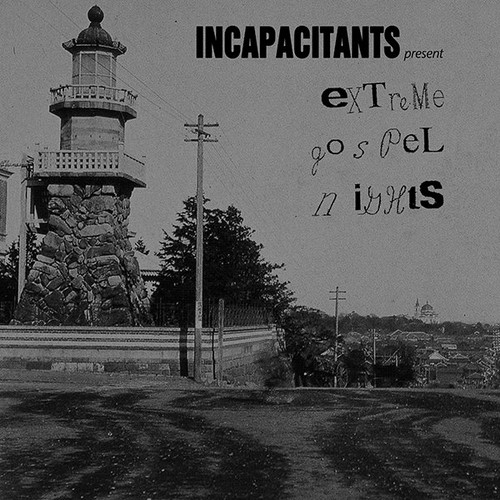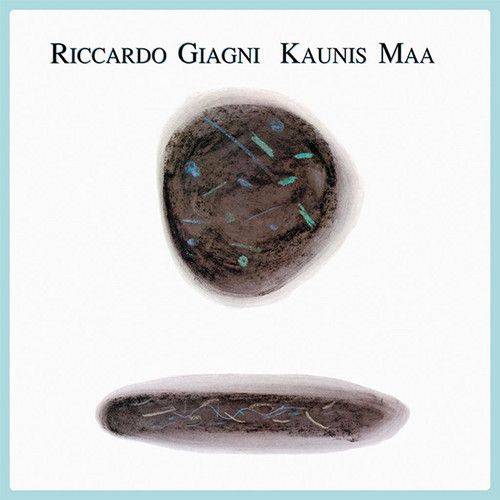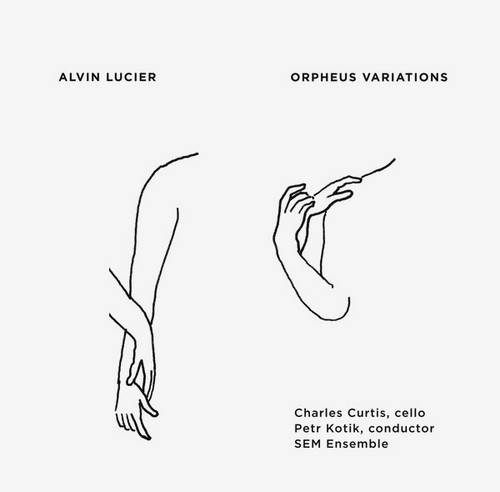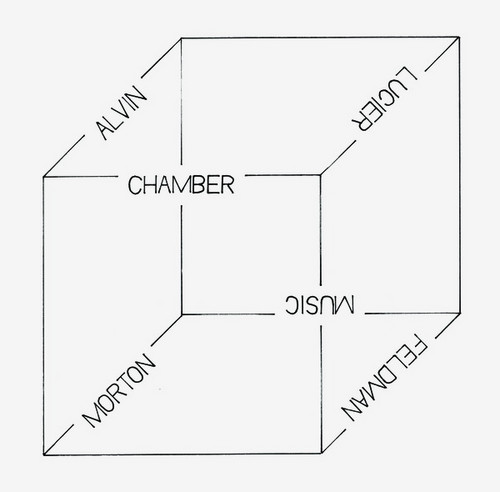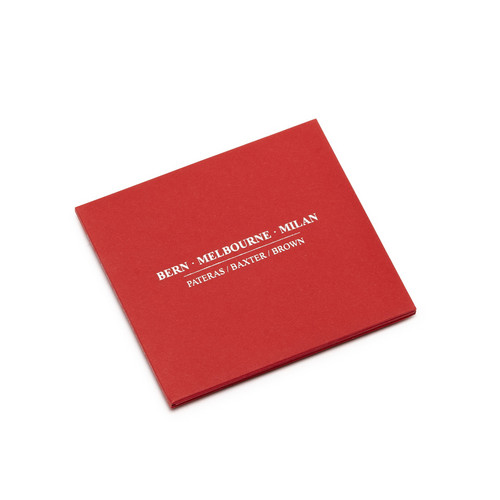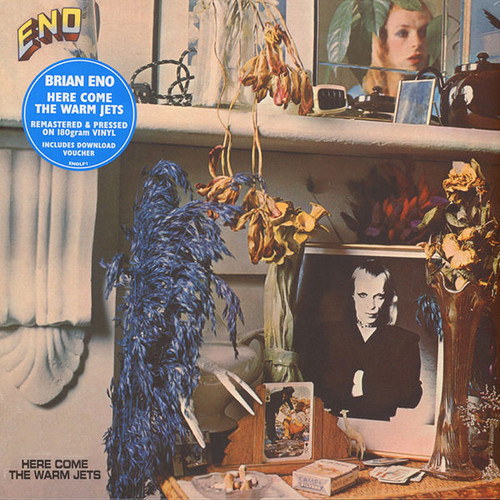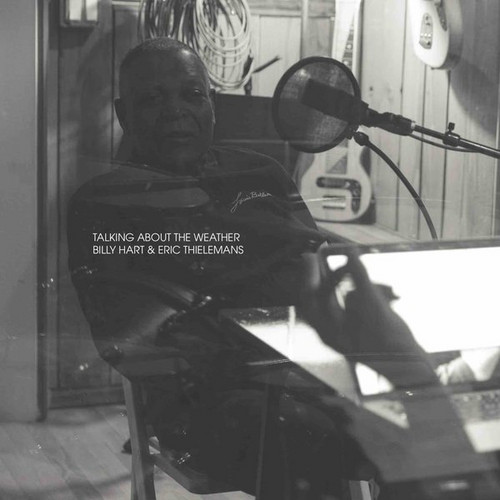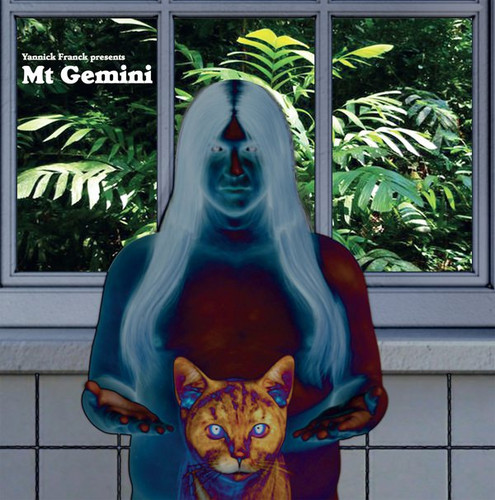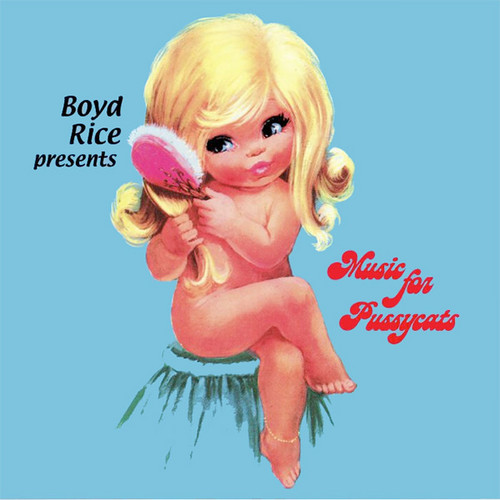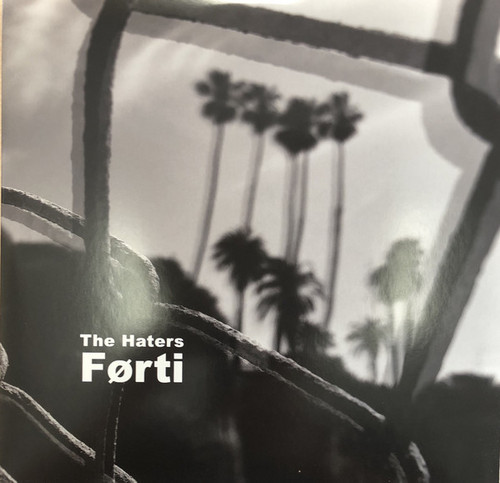Reissues
Alice Coltrane bundle
**In process of stocking** of Alice's four extraordinary albums Eternity, Radha-Krsna Nama Sankirtana, Transcendence and Transfiguration in bundle. With liner notes by Mark Richardson and rare photos by Gary Heery and Ginny Winn. Alice Coltrane was a pioneer - one of a tiny number of women in 1960’s jazz to be allowed through the door – wielding her instrument with a force and artistry which couldn’t be ignored. It was her visionary mind which helped push her husband toward the astounding sonic …
Crossings
Crossings was the second release by the Herbie Hancock Sextet lineup known as the Mwandishi Band, following 1971's Mwandishi which stretched Hancock's already-adventurous writing and expanded the music through post-production. This approach would play an even larger role on Crossings, the pianist's final album for Warner Bros. For two of Crossings' three pieces ('Quasar' and 'Water Torture'), Hancock took basic instrumental tracks to Patrick Gleeson's Different Fur Studios, hoping to learn how t…
Mwandishi
After releasing their Warner Bros. debut, the Herbie Hancock Sextet underwent a major transformation in the early '70s. Over the course of a year, every member was replaced (except Herbie Hancock himself and bassist Buster Williams) and each adopted Swahili names. (Williams even led the group in occasional sessions of Buddhist chanting.) Hancock chose the moniker Mwandishi (meaning 'composer'), and the Sextet became unofficially known as the Mwandishi Band. The lineup's first album -- simply tit…
Fat Albert Rotunda
If Fat Albert Rotunda sounds like the most fun Herbie Hancock had in
his early years as a band leader, it should. He composed the music for
the pilot of the children's television show Fat Albert, redirecting the
post-bop jazz he honed in a five-year stint with the Miles Davis Quintet
towards the R&B and funk styles with which he was becoming
enamored. The result was a playful, joyous album in which Hancock
clearly had a great time.The same goes for the rest of his Sextet, which by the time…
Je Suis Un Sauvage / Le Moral Necessaire
A single produced by the highly-revered Saravah label at the time, featuring the Art Ensemble of Chicago backing the poetry of the little-remembered Alfred Panou, is not as well-known as the label's other releases. Seen in the 1967 film Weekend by Jean-Luc Godard, Alfred Panou who is of mixed Benin-Togolese origin, already had a career as an actor in political theater when, pushed by producer Pierre Barouh, he recorded two of his texts concerning Black Power. Panou's prose is one of the first, i…
Worlds Within Worlds: Part I And II
Last copies, sold-out at source. Milestone. Edition of 1500 with 300 on gold vinyl; the LPs will be mixed randomly -- there will be no way of telling which color is which as all LPs will be sealed.Basil Kirchin's Worlds Within Worlds: Part I And II is one of the most important experimental and improvised jazz-based recordings of all time. Released in 1971 it sold just a handful of copies, but has become a keystone in the development of ambient sounds; originals now fetch £1000+. This is the firs…
Bursting Absolute Moods. The Lost First Album 1989
** Ltd 300, deluxe silver silkscreen on black cardboard + inserts. Masonna first (and lost) album, released for the first time** Cascades of electronic noise, a psychedelic touch and vocal belching mixed together constitute the ingredients of Mademoiselle Anne Sanglante Ou Notre Nymphomanie Auréolé, the double-barreled name for Masonna. Maso Yamazaki founded his project in 1987, with a charismatic and glamorous personality who become a cult figure in “ Japanoise ” scene. Predating the era of dig…
Extreme Gospel Nights
** Ltd 300, deluxe silver silkscreen on black cardboard + tissue golden paper (plus sticker) as original tape release** Incapacitants are the best noise band to ever come out of Japan. The group was formed in 1981 in Osaka, as the solo project of Toshiji Mikawa, a member of the amazing noise group Hijokaidan. Mikawa, a bank employee who then became a deputy general manager of one of the largest securities brokers in Japan, later moved to Tokyo, where he joined with government office worker Fum…
Scerizza
** white and blue marbled vinyl, edition of 100 copies** Since their launch back in 2015, Florence based been issuing quiet waves into the reissue market. Working slowly, with eye for quality over quantity, they’ve brought forth a wild mix of albums which unquestionably fall into the category of overlooked and neglected holy grails from the Italian underground. Their expanded, double LP editions of Paolo Modugno’s Brise D'Automne and Roberto Aglieri’s Ragapadani, haven’t strayed far from our tu…
Kaunis Maa
**White and green marbled vinyl, edition of 100 copies ** Reissue of to the 1988 Experimental / Electronic masterpiece by the Italian contemporary guitarist Riccardo Giagni, originally released on Stile Libero (Italy) featuring Antonella Ruggiero, Roberto Colombo and Mauro Pagani. Archeo Recordings is a reissue record label that regenerates old, lost, obscure and forgotten rare gems of mostly Italian music but also all over the world of the 70s, 80s and 90s. All outputs are licensed by the artis…
Orpheus Variations
Orpheus Variations is a new composition by Alvin Lucier for solo cello and seven wind instruments. It is based on a particular sonority from the first movement of Igor Stravinsky's ballet score, Orpheus; a sonority that has haunted Lucier for decades. Orpheus Variations is one of eight large-scale compositions made expressly for Charles Curtis by Alvin Lucier in the last 15 years. This performance was conducted by Petr Kotik, with Charles Curtis playing solo cello alongside members of the SEM En…
Chamber Music: Alvin Lucier & Morton Feldman
Anthony Burr and Charles Curtis present a collection of curated compositions from Alvin Lucier and Morton Feldman. Two Lucier pieces, "August Moon" and "Trio For Clarinet, Cello & Tuba" are presented here for the first time. Liner notes are excerpted from a lecture on Morton Feldman given by Alvin Lucier. A selection from Alvin Lucier's liner notes: "For Feldman, dynamics serve an acoustical function. When he mitigates a piano attack he reduces that spike of noise that's at the onset of every pi…
Bern · Melbourne · Milan
Killer! 300 copies packaged in a double gatefold ruby recycled cardboard sleeve with silver embossed text on front, including a 32-page booklet. Archival and live recordings from Australia’s premiere prepared acoustic improvising trio. Formed in 2002, Melbourne’s Pateras/Baxter/Brown toured heavily between 2004 and 2008, playing a regular residency at the Empress in North Fitzroy in between extensive European tours. They performed multiple concerts in classical, electronic, jazz, grindcore and a…
Collected Works Vol. II (2005-2018) 5CD Box
A 5-disc overview of exploratory works written between 2005 and 2018, including long-form ensemble pieces, idiosyncratic trio combinations and a collection of 10 solos investigating various po tential in teractions between instrument and tape. Anthony Pateras is an Australian composer, pianist and electronic musician whose current work focuses on electro-acoustic orchestration, temporal hallucination and sound phenomena. Pateras has created over 75 works, receiving performances from the Los Ange…
Here Come The Warm Jets
Temporary reduced price **Pressed on 180gm Vinyl, includes a Download Voucher** Eno's solo debut, Here Come the Warm Jets, is a spirited, experimental collection of unabashed pop songs on which Eno mostly reprises his Roxy Music role as "sound manipulator," taking the lead vocals but leaving much of the instrumental work to various studio cohorts (including ex-Roxy mates Phil Manzanera and Andy Mackay, plus Robert Fripp and others). Eno's compositions are quirky, whimsical, and catchy, his lyric…
Talking About The Weather
Talking About The Weather: Teacher and student. Past and present. Two drummers. Two men. Two fathers. Friends. A conversation. A dialogue of the drums. Following up on a drum/percussion duo Eric Thielemans and Billy Hart did in the Summer of 2016 at the Jazz Middelheim festival, these two drummers decided to dedicate time to continue and deepen their versatile dialogues on and around the drums. The meeting and recording of Talking About The Weather took place on January 7-9, 2018 at "Figure 8 Re…
Just Like a River
Edition of 400 copie, on marbled vinyl. Yannick Franck (Orphan Swords, RAUM) presents his new project: Mt Gemini. A deconstruction of ska, rocksteady, and skinhead reggae from the '50s, '60s, and '70s. Rather a passionate deconstruction of a genre than compositions or remixes per se, this incantatory tribute favors abstraction using loops, distortion, compression, variations of speed and height, and effects (delay, reverb, chorus). Recorded in different states of altered consciousness, Mt Gemini…
Presents: Music for Pussycats
These songs
literally constitute the soundtrack of my life, going back to age 16 or
perhaps earlier. It never ceases to amaze me that when I encounter
aficionados of girl pop, none of them have ever heard of singers like
Robbie Winston, Susan Rafey, Diane Ray, or most of the others on this
comp-all women who I feel have contributed works equal (if not superior)
to the best the genre has to offer. These singers, and the songs
they've recorded, have long occupied a special place in my heart…
Forti
May 1, 1979 – G.X. Jupitter-Larsen introduced The Haters by way of a performance called Alluring at a small gallery in New York City, where Jupitter-Larsen lived at the time. In that performance, “Jupitter-Larsen
smashed up several video cassettes by hitting them repeatedly with a
video camera. The fractured videos still radiated images. Not by
television, but by entropy.” Forty years later, The Haters remains active—the recurring emanation of Jupitter-Larsen’s
polymathic mind. The Haters is…
Afraid of Modern Living: World Imitation & Monitor, 1977-198
Available now is the authorized history of the obscure and influential Los Angeles art and music collective World Imitation Productions (WImP).
Emerging as creators of collaged and photocopied mail art and
publications in the late 1970s, World Imitation is perhaps best known in
its musical incarnation, the band Monitor, which was active
between 1978 and 1982, with live performances as well as two
self-produced 7" singles and one LP. (The LP was reissued by Superior
Viaduct in 2013.) Afraid…


